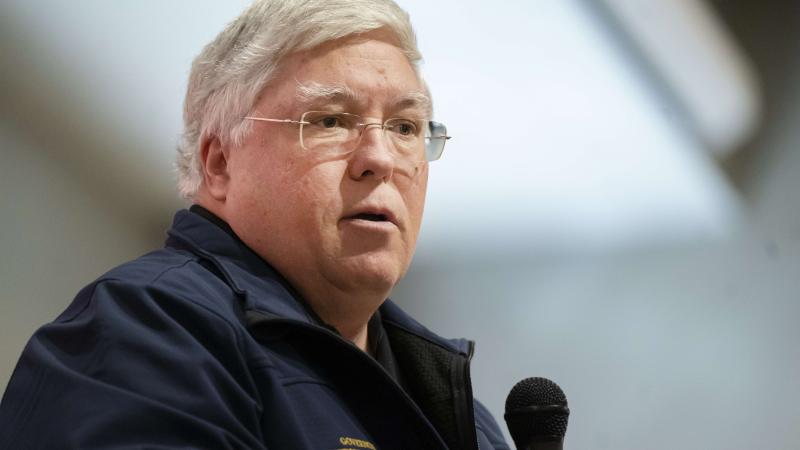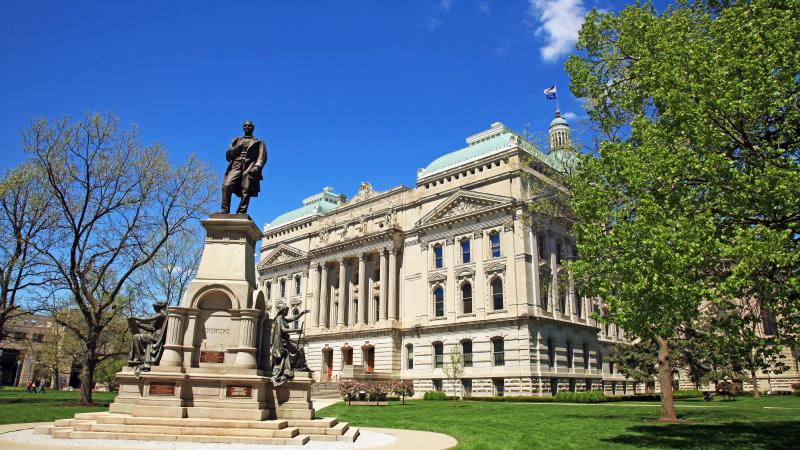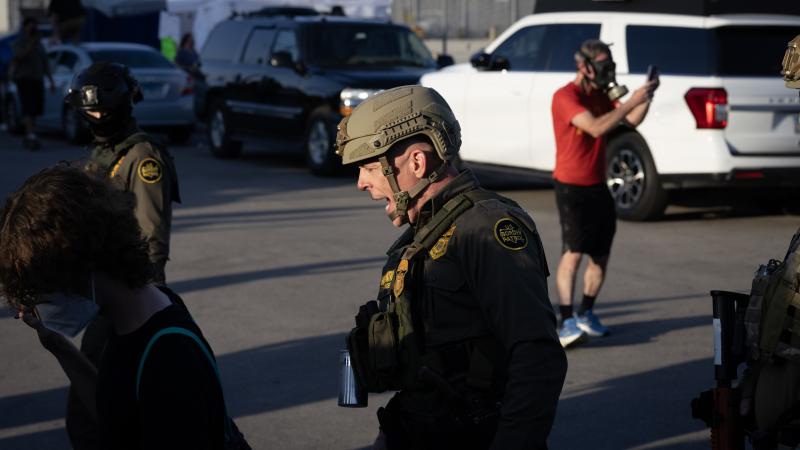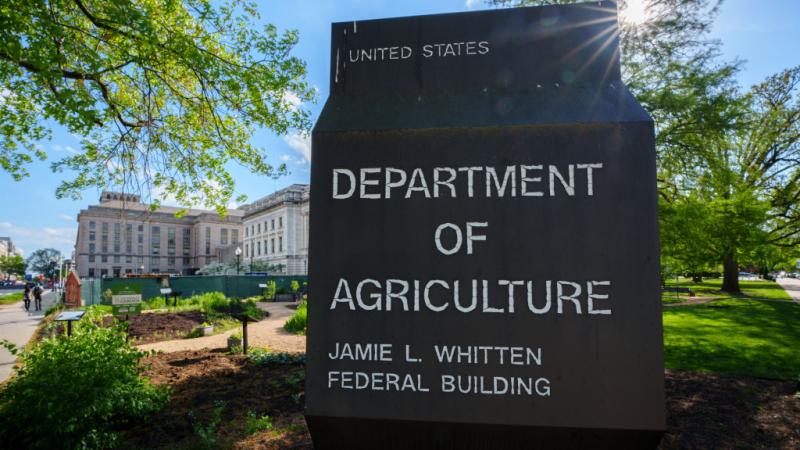As wildfires persist in Southwest states, AZ senators raise concern
The Dragon Bravo Fire continues to damage Arizona's crown jewel, the Grand Canyon, as wildfires in the Southwest persist.
(The Center Square) -
(The Center Square) — The Dragon Bravo Fire continues to damage Arizona's crown jewel, the Grand Canyon, as wildfires in the Southwest persist.
As of Wednesday, the Gothic Fire in Nevada was 30,786 acres and 10% contained. The Bureau of Land Management Nevada reported the size of the fire decreased in acres due to more accurate mapping of the fire area.
BLM also reported low humidity at night in the area surrounding the Gothic Fire is promoting fire growth.
The bureau reported southerly winds with gusts up to 30 mph will combine with low humidity to create high fire danger later in the week. The organization is predicting the winds will push the Gothic Fire north or northeast.
Despite potential fire growth, the Gothic Fire does not pose a threat to public health or safety because it is within the state’s Test and Training Range — a restricted area, closed to the public.
In Arizona, the Dragon Bravo Fire has grown to 9,289 acres, according to InciWeb.
The fire is located at the Grand Canyon’s North Rim, south of the Colorado River Basin. The fire has destroyed between 50 and 80 structures, including the historic Grand Canyon Lodge, the National Park Service reported.
U.S. Sens. Mark Kelly and Ruben Gallego, both D-Arizona, are questioning the Department of Interior’s initial decision to treat the fire like a controlled burn. They wrote a letter to the department Monday asking for an explanation.
“There are many questions over the initial decision to treat this fire as a controlled burn and subsequent decisions on how to respond …,” Arizona’s senators said in a press release posted by Kelly. “We cannot allow these decisions to damage thousands of acres in northern Arizona, risk the health and safety of residents, and destroy landmarks like the historic Grand Canyon Lodge, which was lost to the Dragon Bravo fire.”
In the letter, Arizona's senators said it is important for the Department of Interior to answer their questions and address their concerns because the department is taking on more wildlife response responsibilities under the Trump administration.
“The Dragon Bravo fire has already devastated this natural and cultural treasure [The Grand Canyon], and the fire continues to spread," the senators concluded in their letter. "As the Department of Interior is poised to take on even more wildfire response responsibility under President Trump’s wildfire consolidation executive order, our constituents deserve to know that the best wildfire response decisions are being made.”
InciWeb said the Dragon Bravo Fire continued to grow on the park’s North Rim, but decreased in movement in the Roaring Springs area on Tuesday. InciWeb said on Wednesday, Helitack crews planned to protect the Roaring Springs pumphouse and structures near the northern park entrance, and firefighters planned to build and strengthen the fireline on the northeast perimeter of the fire.
The Madre Fire, this year’s largest wildfire in California, was 97% contained on Wednesday, according to the California Department of Forestry and Fire Protection. It has burned 80,779 acres in San Luis Obispo County along the border with Santa Barbara County.
The state is undergoing several small fires, with the Foster Fire in Shasta County and the Dale Fire in Riverside County igniting on Wednesday.
Cal Fire Battalion Chief David Acuna told the Center Square Wednesday that it was hard to say whether the severity of the state's wildfires had increased or decreased despite getting the larger fires contained. Acuna added that the 1991 Oakland Hills Fire was a small fire, but it destroyed hundreds of homes.
Acuna also said it's hard for Cal Fire to give a status on a wildfire because when defining the severity, many factors come into play.
“It’s hard to say what's more damaging or less, particularly now when we are looking at how the trees are reacting, how the forest is reacting or how the low-lying foothills are reacting," Acuna said. "Then of course, when it rains, what’s the runoff look like? Yeah, all of those different things are what we are looking at.”














